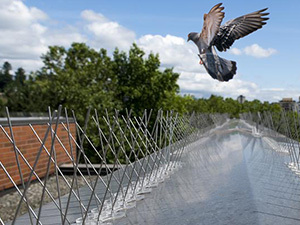Many people are concerned about whether a bird’s thorn is effective, below shows some comments from our clients.
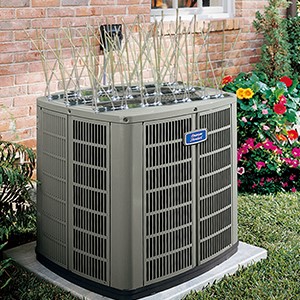
The bird spikes have driven the birds away immediately after installation. Our clients now sleep in peace until we wish to arise. The spikes were very easy to put together and, when glued are very secure. Mr. Luis and his family personally witnessed a mourning dove making two attempts to land on AC. As hard as it tried it could not grab hold of the slanted spikes. It simply hovered over them before realizing that landing was impossible. Then it flew off into the trees.
Some of our clients bought bird spikes to deter a cat from entering their garden over a wooden Fence. There are no instructions as to how to assemble but with thought and experimentation placing the tines in different directions it looks quite a spiny obstacle. We both are very happy to see that.
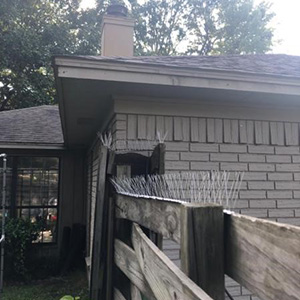
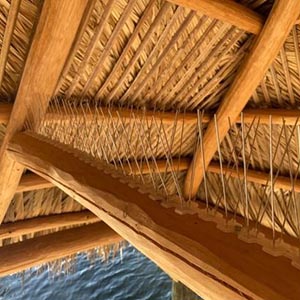
Birds have been trying to build a nest on the top of a retractable awning on the deck. Our clients were able to wedge each unit between the awning and the eaves and although there has been quite of bit of interest, they have been unable to roost or make a nest. Most of the traffic has been sparrows and they have not been able to get through the barrier.
Another clients built a new pool with a screen enclosure but the birds love to perch on perimeter and of course crap on the screen. Dried bird crap is hard to remove even with a pressure water sprayer. So, our clients had screen installer come out and install these Spikes on the screen perimeter. He used both fasteners and the adhesive. It totally stopped the birds from perching on the screen (except for the very small birds.) I’ve had these on now about a year and they are still perfect in-spite of the Florida sun.
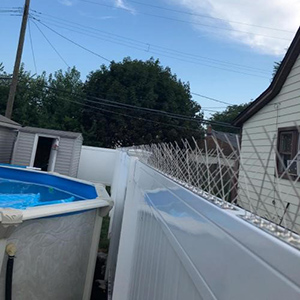
As you can see, bird spikes are a convenient and effective way to deter the birds away. We will try our best to give more professional information about bird control.



